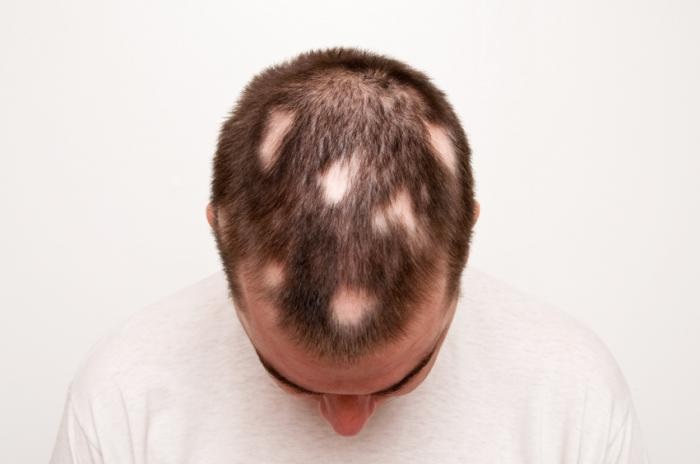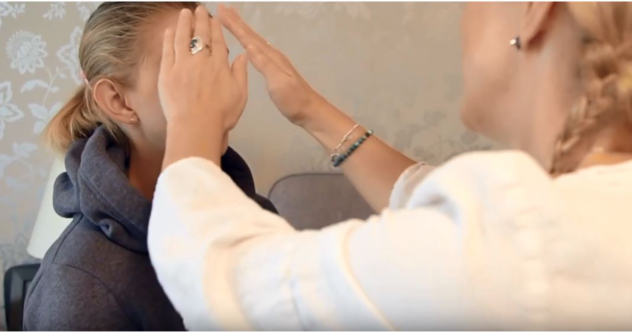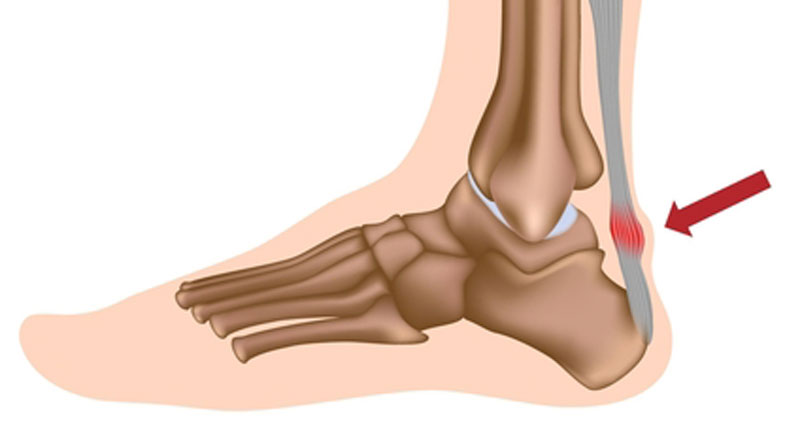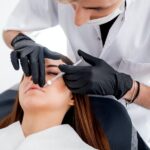Hair loss or alopecia can be temporary or permanent and might affect your scalp or the entire body. It might be the outcome of inheritance, hormonal changes, illnesses, or a specific aspect of aging. Hereditary is one of the common causes of baldness in men, and they are worried about it. Some people want to leave their hair loss untreated and undisturbed so that it can progress naturally. With their haircuts, cosmetics, caps, or scarves, others may conceal it. Others decide to use one of the treatments to stop their hair from thinning further or encourage new growth. However, you can treat alopecia areata with proper alopecia areata medicine:
What is Alopecia Areata?
Both children and adults can experience alopecia areata, hair loss. Being non-scarring, it preserves the hair follicle’s capacity to generate new hair and prevents scarring. Inflammation and hair loss are side effects of what is thought to be an autoimmune illness. Hair loss can happen anywhere on the body, though the scalp is where it occurs most frequently. Alopecia areata does not affect the rest of the body; it solely affects the hair and nails. If you feel concerned about the symptoms, be on time to consult with a doctor to get the proper alopecia areata medicine.
Who Is at Risk?
Although it has been documented in people of various ages, the beginning of alopecia areata has two peaks: childhood and adulthood. Like other autoimmune diseases, Alopecia areata presumably has a genetic basis and is brought on by unidentified triggers that cause hair loss. Type 1 diabetes, celiac disease, rheumatoid arthritis, vitiligo, thyroid illness, multiple sclerosis, and inflammatory bowel disease are some of the disorders that may raise the likelihood of the patient or members of their family having the condition.
How long will there be a hair loss?
Individual episodes of hair loss last less than a year and a half in alopecia areata patients, and hair regrows independently. These patients could have recurring hair loss episodes that spontaneously grow back or react well to treatments. Other patients experience a more persistent course of hair loss that may not regrow or respond to various therapies.
What signs and symptoms are present in alopecia areata?
The abrupt emergence of smooth, rounded, hairless patches on the scalp is a common symptom of alopecia areata. Usually skin-colored but occasionally peach, the affected areas are discolored. Within the bald region, there may sometimes be a few stray short-colored or white hairs.
There is no skin surface redness or scaling in alopecia areata. In children, hair loss typically starts as one too many small patches on the scalp, but it can also affect the eyebrows, eyelashes, body hair, and practically the entire scalp in some cases. The surface of your child’s nails may have a few tiny pits.
Bottom Line:
In the initial stage of hair fall, you should consider the alopecia areata triggers. Doing this helps you get into the recovery path as early as possible. The points mentioned above can give you detailed information about alopecia areata.











